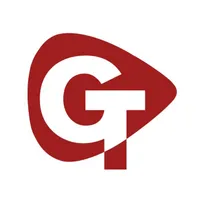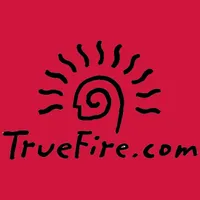Best guitars for kids 2025: top electric and acoustic guitars for children
The top kid’s guitars available today and everything you need to know to get your child started with the guitar
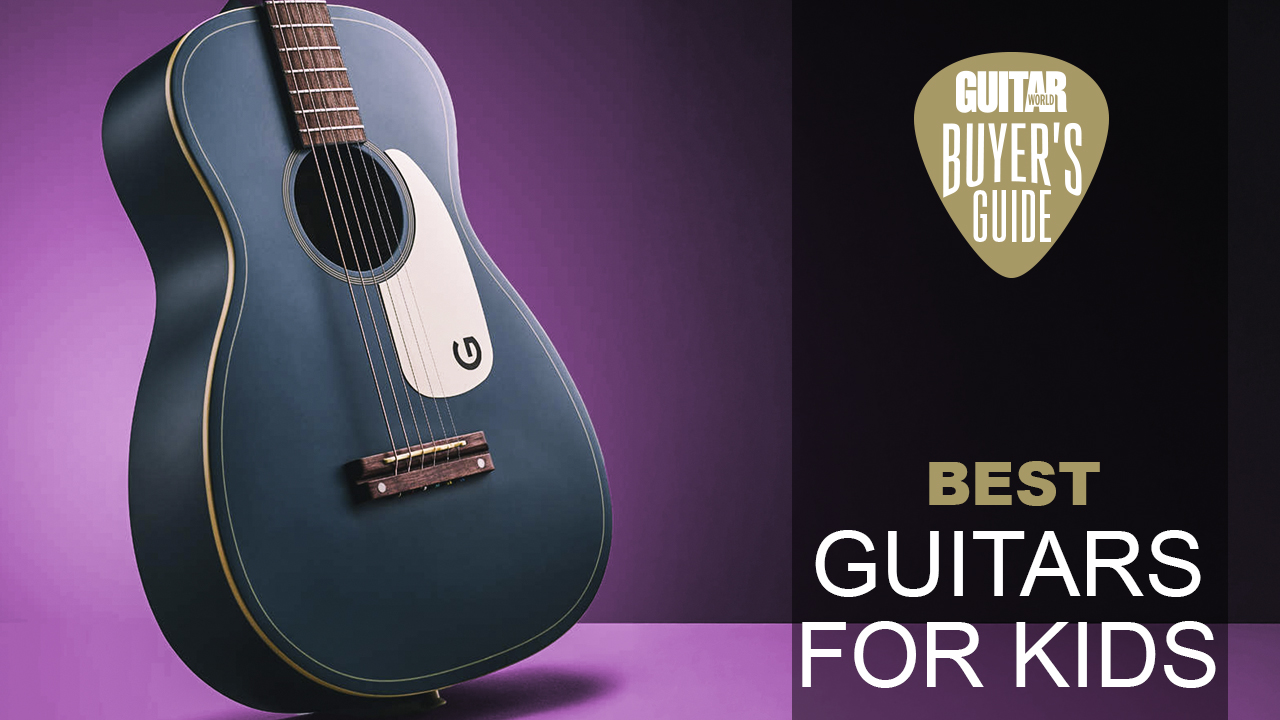
If your little one has shown some interest in learning to play the guitar, then you should absolutely nurture that by getting them one of the best guitars for kids. Playing guitar can become a lifelong hobby that provides a creative outlet, fosters sociability through group play, and even enhances cognitive function.
I won't sugarcoat it for you, though, learning to play the guitar is hard. In fact, a Fender study found that 90% of beginners quit within the first year alone. Persistence and perseverance are great skills to have in life, and learning guitar will absolutely test that, even more so with a subpar instrument. If your kid is going to learn to play, then you need to give them a head start with a great instrument.
Now, before writing full-time for Guitar World, I was a music retail manager. In that role, I helped pair countless rookie musicians with their first guitar. In my experience, most parents make the mistake of buying a full-size instrument that is unwieldy to hold and difficult to play, and this is especially true for younger players. My first acoustic was a full-size dreadnought, and I didn't last the first year either, only coming back to the instrument when I was introduced to the much easier-to-play 3/4-size acoustic.
To make things easier for you to choose – and for your beginner to play – the majority of guitars I've picked are small-scale instruments that are easier for kids to handle. I've handpicked three acoustics and three electrics to make it easy to choose, and if you have any burning questions, then definitely check out my FAQs section, where I answer loads of common questions.
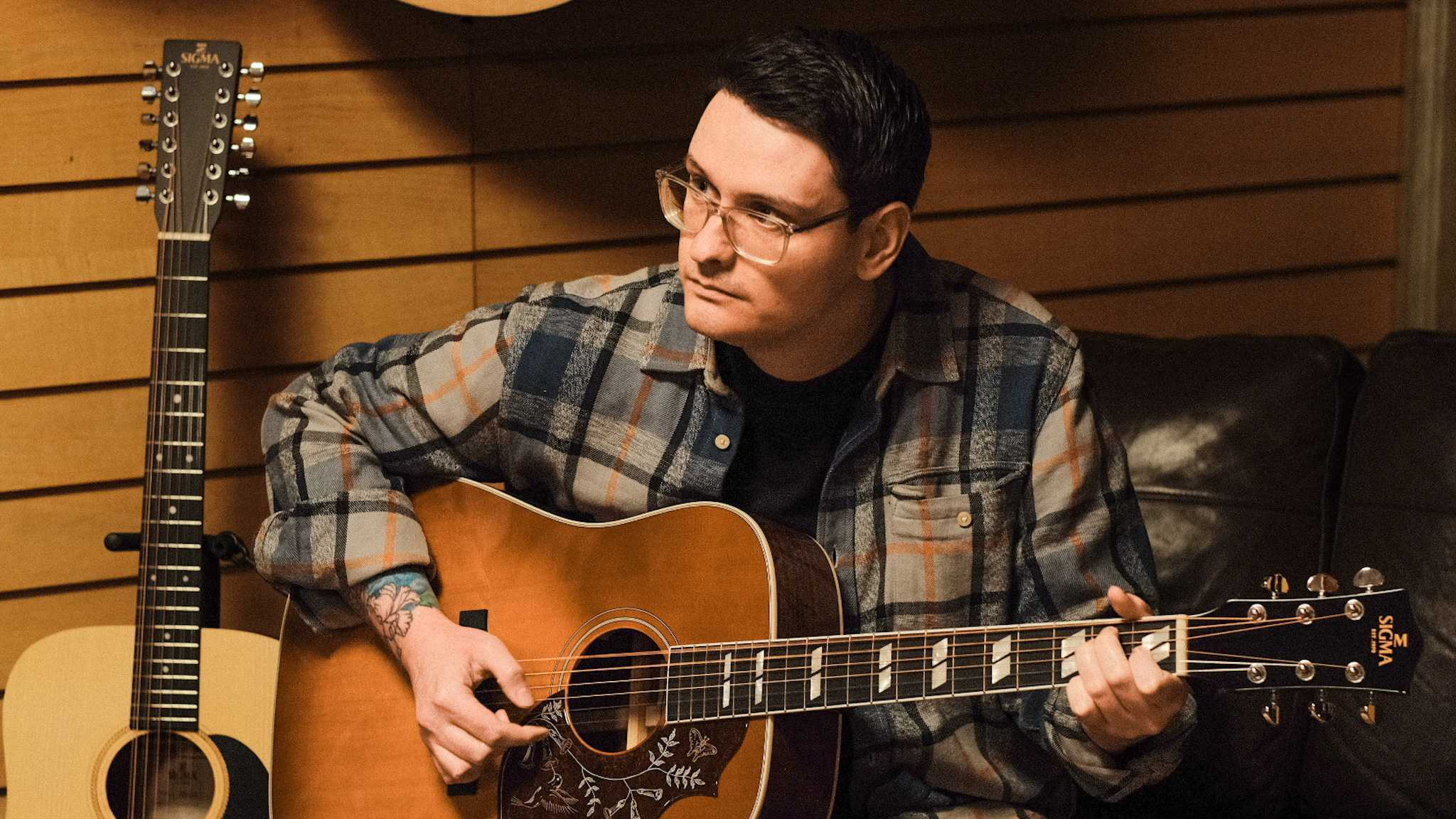
"For me, a great beginner guitar should be both inviting to play for newbies and sound good enough to keep their attention, all while being affordable and accessible to the majority of rookie guitarists – in my opinion, every instrument I've included in this guide delivers this."
How we tested: Each guitar was thoroughly tested by either me or another member of the Guitar World team, paying careful attention to everything from build quality and tone, to playing action, finishing and lastly, value. Read more on how we tested the products for this guide.
Our top picks
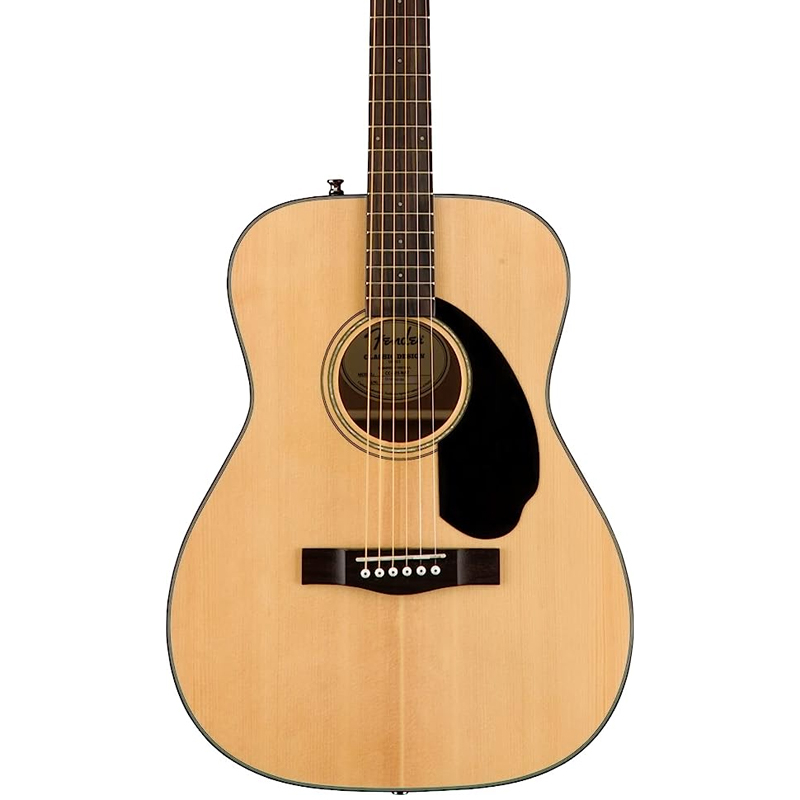
The Fender CC-60S is one of the most popular kid-friendly guitars on the market and is easily one of the best if you are looking to go acoustic. Boasting an impressive solid top, the Fender CC-60S offers genuinely unbeatable value for money while also being built to last them to the intermediate stage.
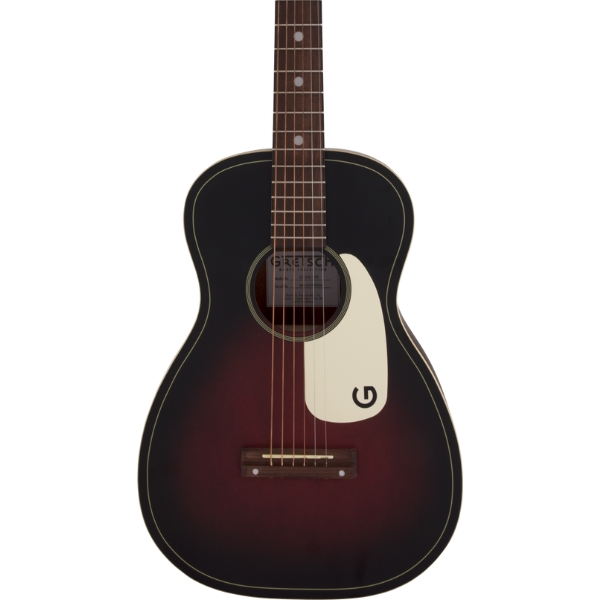
Priced below the $200 mark, the Gretsch G9500 Jim Dandy is a brilliant choice for a first-time acoustic guitar. It plays and sounds great, but importantly for a beginner, it looks cool. The retro styling makes it stand out, so they'll want to pick it up again and again.
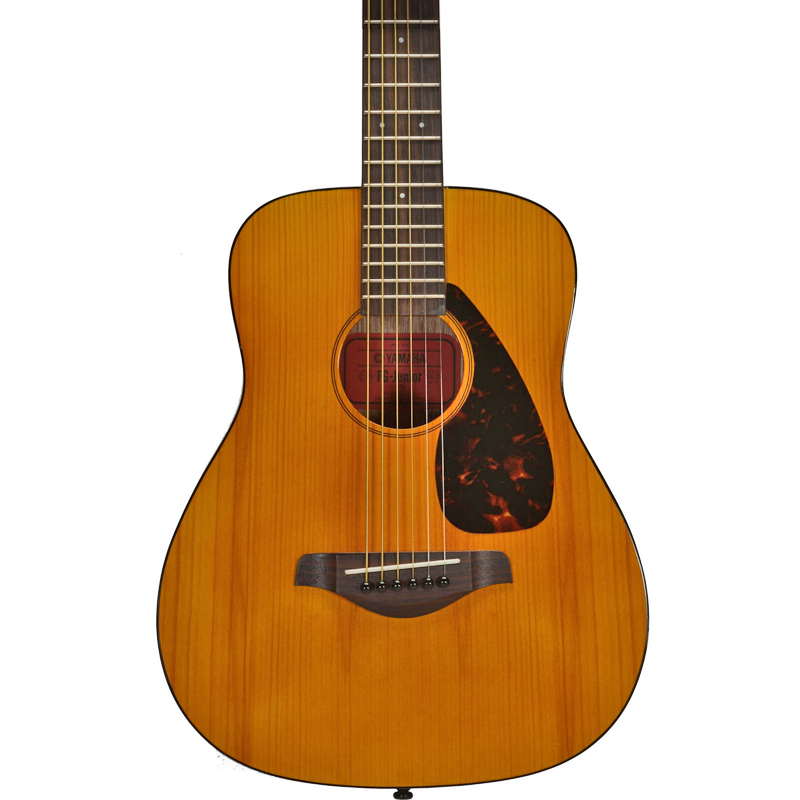
We love the fact that the JR1 manages to provide some of a dreadnought’s famous booming mids without the significant bulk of the body. We also adore that this short-scale version is far less intimidating for beginners - and as you'd expect as this is a Yamaha product, it's insanely reliable.

The Yamaha Pacifica is a guitar that enters the conversation when talking about the pound-for-pound, dollar-for-dollar best beginner electric guitar. When you factor in the price, the build, the variety of finish options, and the quality of the tone, it’s easy to see why it’s a ubiquitous presence.
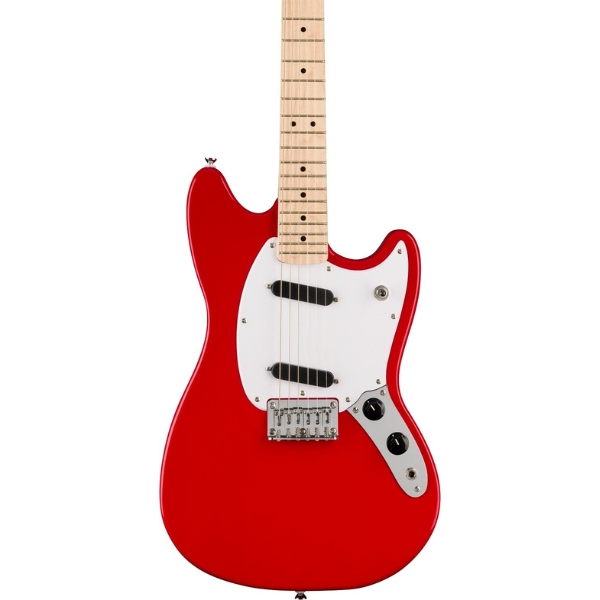
Thanks to its ultra-cool look, low cost, and shorter scale length, the Squier Sonic Mustang is a great choice for a budget beginner electric. It's super comfortable to play and at just below $200, exceptional value for money.
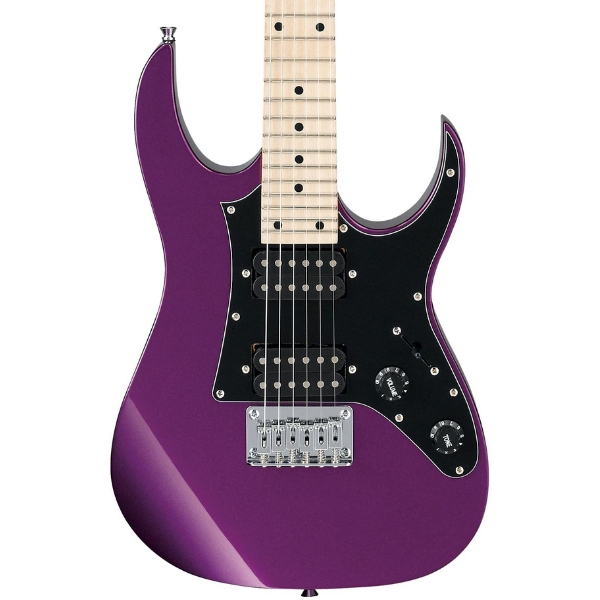
Coming in at 3/4 of the original size, this mini Ibanez is designed with young beginners in mind, giving them a much more accessible instrument without compromising on tone and feel.
Best acoustic overall

1. Fender CC-60S
Our expert review:
Specifications
Reasons to buy
Reasons to avoid
✅Buy if you are seeking a reliable guitar with a great tone: The Fender CC-60S is a fantastic guitar built to last, and Fender has an excellent reputation for quality instruments. A solid top wood gives it a great sound too.
❌Avoid for very young kids: This is a Concert-sized guitar so children aged between 3 - 6 may still find the body too large. Look for a 3/4 guitar like the Yamaha JR1 for younger children.
Value: ★★★★★
Playability: ★★★★☆
Sound: ★★★★☆
Overall: ★★★★★
Build: The Fender CC-60S is one of the most popular kid-friendly guitars on the market and is easily one of the best acoustic guitars for beginners. Boasting an impressive solid top, the Fender CC-60S offers genuinely unbeatable value for money while also being built to last them to the intermediate stage. In my tests, I found this guitar punches well above its weight in terms of build. The guitar is neatly finished, very well put together, and feels pretty robust and sturdy.
Playability: We found that the concert-sized body is small enough for most new players, but as it isn’t a ¾ size guitar, it won’t feel like a toy when they are grown. The Fender CC-60S also boasts a super-playable, slim neck profile that’s clearly been designed with small kids in mind. Also aiding the great playability is a pretty low string action straight out of the box.
Sound: The tone is rather impressive here as well, and a lot of that is due to the top. It is full and rich, with plenty of bottom end. It certainly doesn’t sound like my first guitar, I can tell you that.
The bottom line: It's our top acoustic pick for children aged 6 and up who are learning to play the guitar, offering a great balance of quality craftsmanship and affordability. Most importantly, it sounds fantastic, so it should keep them coming back.
Watch our demo...
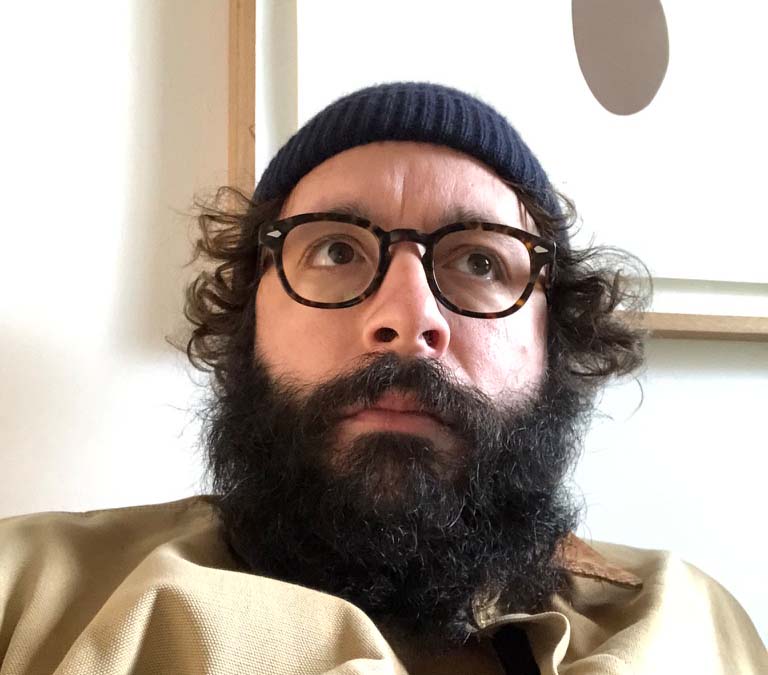
“I found the CD-60S to be one very playable dreadnought with a wide, well-balanced tone that belies its modest price. Ideal for beginners – fun for all.”
Read more: Fender CD-60S review
Best budget acoustic
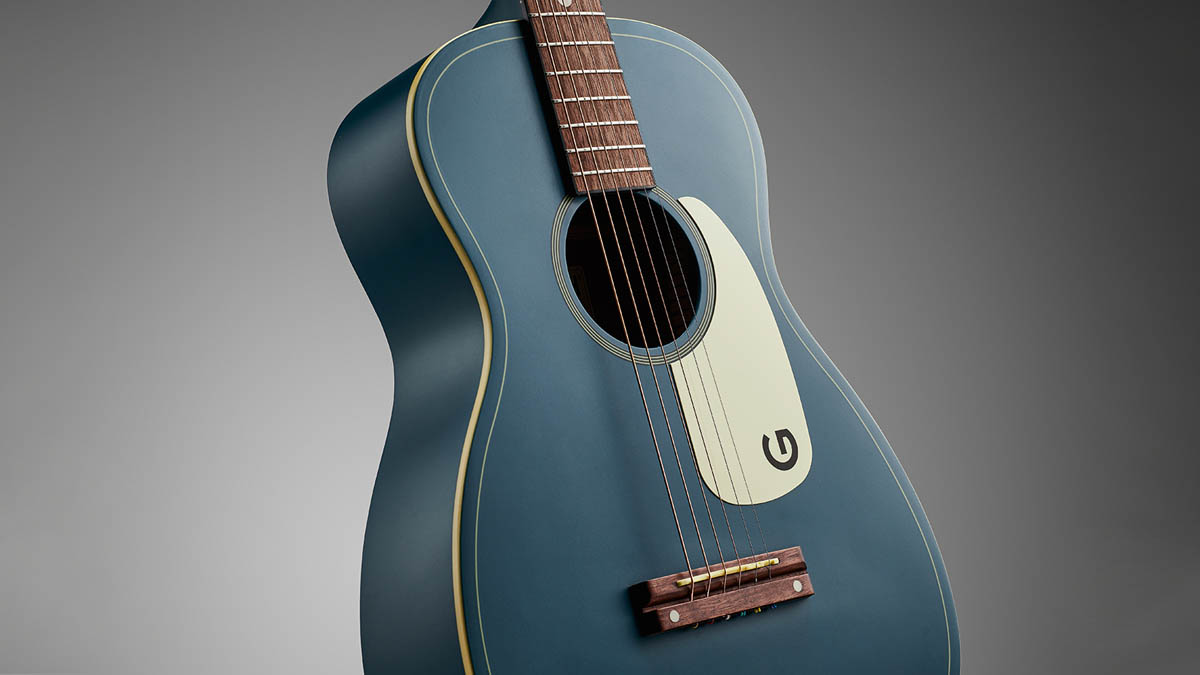
2. Gretsch Jim Dandy 9500
Our expert review:
Specifications
Reasons to buy
Reasons to avoid
✅Buy if you're on a tight budget: Coming in just below the $200 mark, this Gretsch guitar is fantastic value for money, delivering great tone and a head-turning look.
❌Avoid for older kids: This Parlor guitar is quite small, so the fingerboard might feel cramped to those with bigger hands.
Value: ★★★★☆
Playability: ★★★★☆
Sound: ★★★½
Overall: ★★★★½
Build: Featuring a basswood top, back, and sides, accompanied by a C-shaped, nato neck which meets the 95mm-deep body at the 12th fret, and a black walnut fingerboard at a 24-inch scale length, this charming Gretsch has a pretty unique spec sheet.
Playability: Size-wise, it sits between a 3/4 guitar and a full-size dreadnought, making it a great choice for younger players. It can be played by adults and older kids as well, but they might find the fingerboard feels a little cramped with certain chord shapes. Our review example arrived feeling fantastic straight out of the box, and didn’t require any adjustments or action tweaking – pretty impressive for such a budget-friendly guitar!
Sound: It's got a bright tonality overall when strummed, delivering a nice balance that isn't too loud - another bonus for parents. The classic look really adds something to its character, too, making it stand out from other beginner acoustics that have a tendency to look a little dull.
The bottom line: Probably the coolest-looking acoustic guitar on this list, the Gretsch Jim Dandy 9500 delivers retro looks and a comfortable scale length at a very modest price point. Perfect for beginner strummers, if budget is your main concern, then this is the guitar you should go for.
Watch our demo...

“With stunning looks, a short scale length, and modest price tag, this is an ideal guitar for younger players and adults alike.”
Read our full Gretsch Jim Dandy 9500 review
Best small acoustic

3. Yamaha JR1 3/4 Acoustic
Our expert review:
Specifications
Reasons to buy
Reasons to avoid
✅Buy if you want a guitar for very young kids: Those with smaller hands will find the 3/4 size of the JR1 super comfortable, both in terms of the body size and when fretting chords on the fingerboard.
❌Avoid if you are buying for an older child: The 3/4 size is really quite small, so older children will probably find this a little too small for their hands.
Value: ★★★★☆
Playability: ★★★★☆
Sound: ★★★½
Overall: ★★★★½
Build: It should come as no surprise that the build quality of this guitar is excellent – just like all Yamaha products. There is a classic spruce top with Yamaha opting for meranti – a cheaper material – on the back and sides. The locally sourced tonewood might not be as desirable as mahogany, but it's hard-wearing and helps give the JR1 its incredibly attractive looks. Besides, the spruce top is resonant enough to get some great tones from the guitar.
Playability: The small scale makes it very playable, and for younger kids, it will make it a lot easier when fretting their first chords. It also includes a gigbag, which is a nice touch, allowing your child to take their guitar with them when they go to lessons.
Sound: Despite its small stature, this guitar sounds surprisingly good – it’s loud too. The tone is crisp and resonates with some of that classic dreadnought depth. Okay, it doesn’t sound exactly like a full-sized dreadnought, but it’s a valiant effort considering how small this instrument is.
The bottom line: We love the fact that the JR1 manages to provide some of a dreadnought’s famous booming mids without the significant bulk of the body. We also adore that this short-scale version is far less intimidating for beginners.

"Affordable, well-built, and far more playable than its ½-size frame suggests, the Yamaha JR1 is a brilliant option for young beginners and travel-minded players alike. Sure, it can sound a little boxy, and the fretwork isn’t perfect, but with its comfortable neck, balanced body, and trademark Yamaha reliability, there’s a lot to love here for the price."
Read my full Yamaha JR1 acoustic guitar review
Best electric overall

4. Yamaha Pacifica PAC012
Our expert review:
Specifications
Reasons to buy
Reasons to avoid
✅Buy if you want the best electric guitar for beginners: Many players have gotten started on a Yamaha Pacifica, which combines great build quality with excellent playability. It also comes in a bundle with an amp and accessories for the complete package.
❌Avoid if you are buying for a young child: This is a full-sized electric guitar, so it may feel a little cumbersome to small children.
Build: ★★★★★
Playability: ★★★★½
Sound: ★★★★☆
Overall: ★★★★½
Build: The Yamaha Pacifica is a guitar that enters the conversation when talking about the pound-for-pound, dollar-for-dollar best beginner electric guitar. When you factor in the price, the build, the variety of finish options, and the quality of the tone, it’s easy to see why it’s a ubiquitous presence in school music departments. This is a superbly well-made guitar. It feels solid, robust, and expertly put together.
Playability: In our review, we praised the model’s superb playability, stating, “the rosewood fingerboard was perfectly playable, with even a hint of rounding at the edges, which made for a comfortable playing experience. The maple neck felt almost satin, and there was no tackiness from our grubby hands as we played during one of the hottest summers on record.”
Sound: We love its HSS pickup configuration, especially for new players. With a humbucker in the bridge position, they’ll have access to thicker, higher-output tones that are ideal for rock and metal, while the two single coils offer some trebly snap and precision for cleaner styles of music.
The bottom line: This is a guitar to learn on, but not only to learn to play. With the HSS pickup configuration, players can learn about tone, too, and learn what type of player they might like to be. A tremolo bar is always a good option, too – nothing like a bit of wobble to show off once you’ve learned a piece.
Watch our demo...

"There are plenty of reasons why the Yamaha Pacifica 112V is still one of the best options for beginners. Look past that learner image, however, and you’ll find a versatile, well-made guitar that will bring something extra to any player’s roster."
Read more: Yamaha Pacifica 112V review
Best electric on a budget
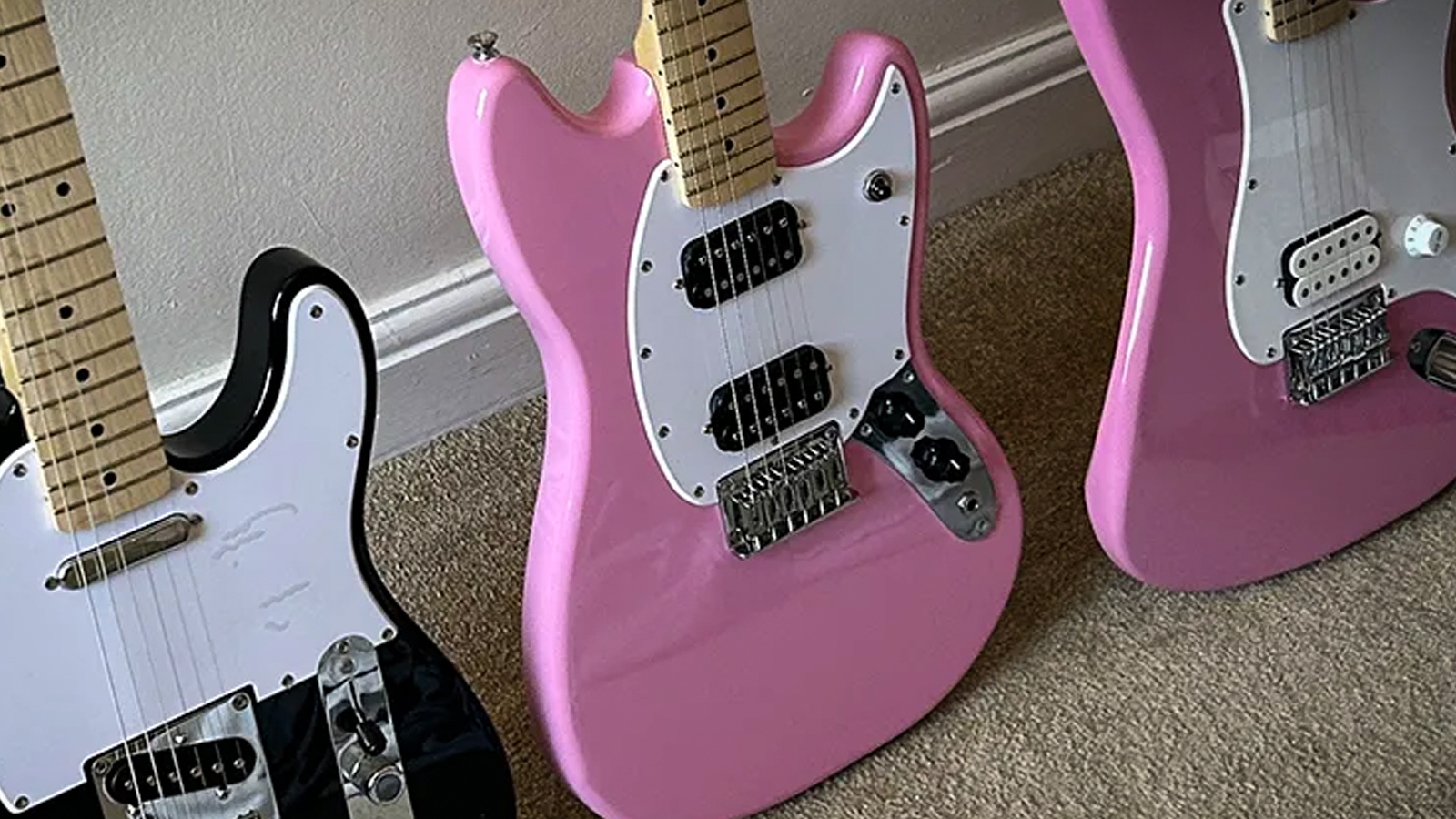
Specifications
Reasons to buy
Reasons to avoid
✅Buy if you want a great value electric: Priced around $200, you can usually get this guitar for a lot less during sale periods, making it great value for a beginner player.
❌Avoid if you don't want to set it up: This guitar will play its best after a setup, so you'll need to take it to a tech or do it yourself.
Build: ★★★★☆
Playability: ★★★★☆
Sound: ★★★★☆
Overall: ★★★★☆
Build: Small-scale guitars are shorter in length, which makes them a great choice for younger players still getting used to the electric guitar. The Squier Sonic Mustang is only an inch and a half shorter than the Yamaha Pacifica, but trust us, that will make a lot of difference. Our review model needed a little setup to get it playing its absolute best, so bear in mind you might want to do this as well.
Playability: Comfortable is the word that comes to mind when playing the Squier Sonic Mustang; it feels lovely to play chords and riffs without having to stretch as far as you would on a regular scale instrument. Our review model needed a little setup to get it playing its absolute best, so bear in mind you might want to do this as well.
Sound: In my opinion, the two pickups deliver fantastic tones, utilized most famously by Kurt Cobain but popular amongst other grunge and rock players, too. This is a pretty versatile instrument that is more than capable of channeling indie rock, but it’s when a bit of dirt is introduced to the signal chain for something a little more grungier and heavier that this guitar comes to life.
The bottom line: Stylish, well-made, and super fun to play, there’s a lot to like about Squier’s entry-level Mustang. This is an affordable guitar with plenty of… teen spirit.
Watch our demo...

“There's no argument to be had with the build, sound, or playability of this entry-level offset, and with its shorter scale, it might just be the ideal beginner guitar for young players.”
Read our full Squier Sonic Mustang review
Best small electric

6. Ibanez miKro GRGM21M-BLT
Our expert review:
Specifications
Reasons to buy
Reasons to avoid
✅Buy if you want an electric for small kids: With its ultra-small scale length, this 3/4-sized Ibanez is ideal for players aged 5 to 9 years old.
❌Avoid if you are buying for an older player: This isn't a guitar for older children, but Ibanez does make a full-sized version for players aged 9 and older.
Build: ★★★★☆
Playability: ★★★★☆
Sound: ★★★★☆
Overall: ★★★★☆
Build: In my opinion, the Miko's compact body paired with durable hardware gives it a pretty robust feel, and the 22.2" scale length ensures a comfortable playing experience for even the youngest players. For me, the slim neck design is perfect for players of any age, making it an excellent option for kids who are just starting out.
Playability: I found this short-scale electric guitar to be incredibly user-friendly, largely due to its low string tension and thoughtfully designed contours. There no getting away from it, this guitar is really small and will feel way too cramped for teens, but is ideal for young learners.
Sound: In terms of sound, the Ibanez miKro shines when it comes to overdriven and distorted tones, making it a fantastic choice for rock, blues, and punk genres. The bridge pickup produces powerful solos, while the neck pickup provides a warmer, bluesier sound.
The bottom line: When it came to selecting a compact guitar for children, the Ibanez miKro GRGM21 was my clear choice. It's fun, affordable, and plays just as good as it looks. This is the ultimate pint-sized option for young rockers, for sure.
Watch our demo...
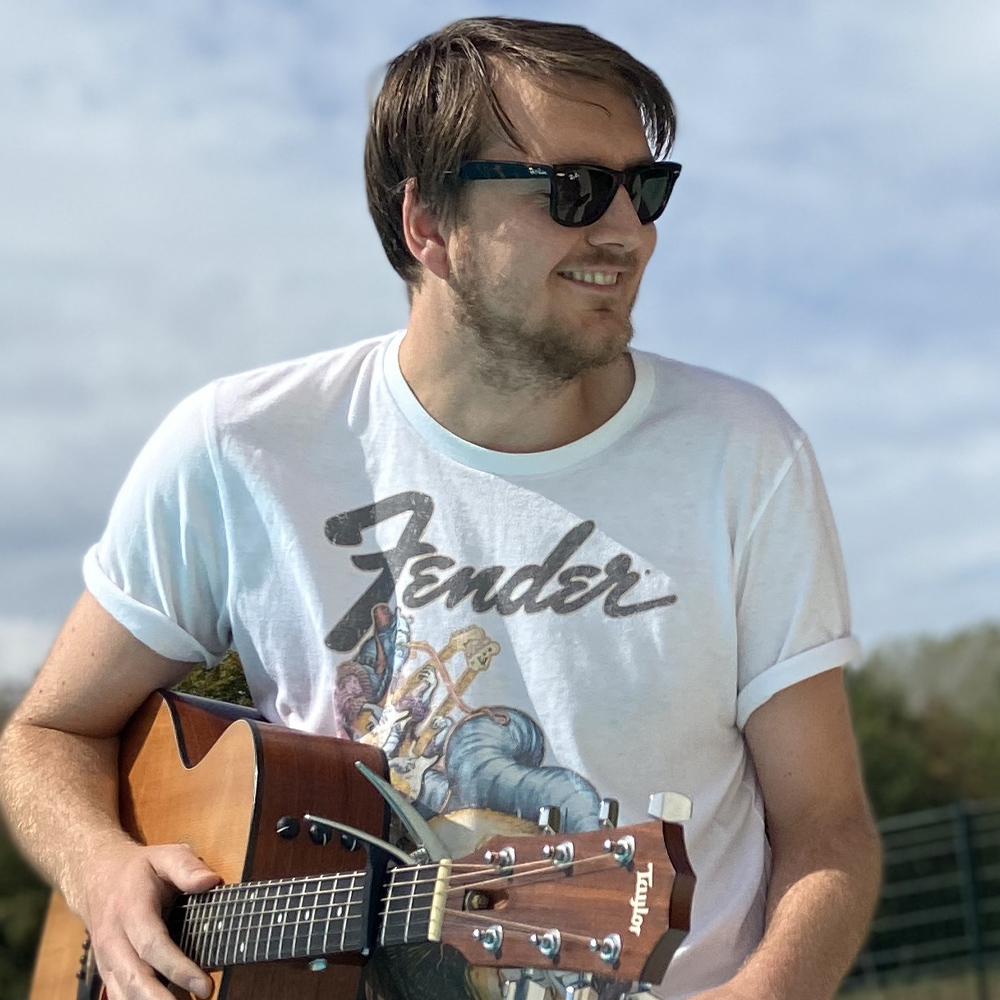
"The Ibanez miKro GRGM21 is a great little guitar, suitable for both kids wanting to start out and experienced adults who just want a fun, portable electric guitar."
Read more: Ibanez miKro GRGM21 review
Glossary of terms
Body: The large, hollow part of the guitar that produces sound. In acoustic guitars, it amplifies the sound, while in electric guitars, it can influence tone and weight.
Bridge: The part located on the body of the guitar where the strings are attached. It helps transfer the vibrations of the strings to the body.
Fretboard/Fingerboard: The long, flat part of the neck where the frets are embedded. This is where you press down the strings to produce different notes.
Frets: The metal strips that run across the fretboard. Pressing the strings down in between frets changes the pitch of the note.
Headstock: The upper part of the guitar where the tuning pegs are located. It holds the strings in place and allows for tuning.
Neck: The long, slender part of the guitar that connects the body to the headstock. It contains the fretboard and strings.
Nut: The small piece at the end of the neck that holds the strings in place before they reach the tuning pegs. It affects string height and spacing.
Pickups: Metal elements on electric guitars that convert string vibrations into electrical signals, allowing for amplification.
Soundhole: The circular opening in the body of an acoustic guitar that helps project sound.
Strings: The material (usually metal or nylon) stretched across the guitar that produces sound when plucked or strummed.
Tuning Pegs/Machine Heads: The metal knobs located on the headstock are used to adjust the tension of the strings for tuning.
Volume and Tone Controls: Knobs on electric guitars that allow players to adjust the loudness (volume) and quality (tone) of the sound.
How to choose

Choosing a guitar for a child can be a rewarding experience, as it lays the foundation for their musical journey. The first decision is whether to opt for an electric or acoustic guitar. Each type has its advantages, so consider your child’s interests and playing style.
Choose the type of guitar: Acoustic guitars are generally more straightforward for beginners. They don’t require additional equipment like amplifiers and are portable, making them great for casual playing. Look for a guitar with a comfortable size; a smaller-bodied guitar or a 3/4 size model is often ideal for younger players.
On the other hand, if your child is interested in rock, pop, or other contemporary genres, an electric guitar could be more appealing. Electric guitars often have lighter strings and a slimmer neck, which can be easier for smaller hands. However, keep in mind that they need an amplifier and cables, which adds to the cost and logistics.
Buy a quality guitar: Regardless of the type, prioritize quality over brand. Look for instruments made from decent materials; they will sound better and provide a more enjoyable learning experience. Check out local music stores where you can get a feel for different models. Allow your child to try a few guitars to see what feels comfortable and engages them.
It's all in the sound: The sound of the guitar is crucial, especially for young learners. Ensure that the guitar produces a clear and pleasant tone, as this will enhance your child’s experience and keep them motivated. If possible, listen to different models in person to find the one that resonates well.
Weight matters: A lightweight model may be more manageable for a child and encourage them to practice. Incorporate their preferences into the decision, as this can motivate them to continue learning. Whether you choose acoustic or electric, make sure it’s a guitar that inspires your child’s musical expression.
A setup will make a world of difference: New guitars may require some setup for optimal playability. If possible, seek advice from a professional about how to adjust string height and intonation to make it easier for your child to play.
Don't forget the accessories: Consider the necessary accessories that come with the guitar. A gig bag or case for protection, a tuner, spare strings, and a strap can make the learning process easier and more enjoyable. If you opt for an electric guitar, also factor in the cost of an amplifier and cables.
Stick to your budget: Establish a budget before shopping. There are quality options available at various price points. Avoid extremely cheap guitars that may play poorly or be poorly constructed, as they can discourage practice.
Plan ahead: Think about the long-term potential of the guitar. If your child shows commitment, you want to ensure the guitar can handle more advanced playing as they progress.
FAQs

What makes a good guitar for kids?
To put it simply, any guitar which keeps your child excited, enthused and passionate about the instrument is a good guitar. In reality, what that looks like will vary depending on a number of factors worth considering. How old is your child? How much growing have they still got to do? Have they played before or have they been playing for a while now? Do they seem serious about the instrument? What inspires them to play guitar?
What’s a good age for my child to start playing guitar?
Your child is never too young to be introduced to the concept of the guitar and exposed to guitar music, however we’d suggest around 6 as a good age to introduce them to playing. Any younger than this and the concepts of chords, strumming, picking, rhythm etc may be too advanced and put them off before they’ve given it a good go. Of course, every child develops at a different rate and if they show an interest there’s no harm in showing them the basics.
The size of the instrument is also a consideration when it comes to age. The guitar’s body may feel too large and unwieldy for smaller children, while a standard neck could be a stretch for smaller hands. 3/4 acoustic guitars and shorter scale guitars are a good option here - like the Squier Bullet Mustang and Yamaha JR1 3/4-Size Dreadnought featured in this guide - if you’re keen to get them started and size is an issue, but your child could potentially outgrow the guitar in a shorter time. More on this below...
What size guitar is right for a child?
One of the biggest challenges when playing guitar as a kid is dealing with sore fingertips and wrestling with full-size, full-scale guitars. Young hands with some growing to do might benefit from a shorter-scale guitar – that means that the length from the guitar’s nut to the bridge is shorter, typically below 25”, and even as low as 21.25”, making the upper frets easier to reach.
One of the many benefits of a short-scale guitar is that the string tension is looser, making the strings easier to bend. The ergonomics of the instrument might be more suited to smaller frames, too. For the under 12s, a short-scale guitar, and one with maybe a 3/4-sized body would be more appropriate.
But you certainly shouldn’t rule out a full-scale guitar for your child. There's no age minimum for a full-scale guitar - what's most important is that it feels right. One big benefit of starting out with a full-scale guitar is that there's no sizing up after they're grown. If budget is tight, this should definitely be a consideration.
Many of us learned on full-scale instruments in our early teens, and if there was a struggle it was more that those instruments were not that playable in the first place – even as adults we’d find some of those hand-me-down firewood acoustics intimidating!
Is an electric or acoustic guitar better for kids?
This is a difficult one, but ultimately it comes back to what we are looking for in any instrument for children: what's going to keep them enthused and keep them playing the longest.
If your child’s interest in guitar was sparked by heavy metal or rock, it’s best to lead them down the path of least resistance and straight towards an electric guitar. The answer would be the same if it was funk, blues, punk or whatever. It’s vital that the guitar inspires the player to do what inspired them in the first place.
There are, however, practical considerations to take into account. The acoustic guitar is the most immediate and portable guitar. You don't need a guitar amp and cable, just a guitar pick – or even your fingers. Indeed, your child might be inspired by someone like Ed Sheeran, and you don’t need an electric guitar for that. Far better to pick one of the smaller-bodied acoustics we recommend in this guide.
And if your child is yet to really form any strong opinions on musical taste, the acoustic guitar’s immediacy makes it an ideal blank-slate for budding young players to find their feet and develop their tastes alongside. You can play any genre on an acoustic guitar.
How much should you pay for a kid's guitar?
The biggest fear most parents face is that their child will fall out of love with the guitar and pick up something else. It happens. There is so much else to attract their attention! If you're unsure that your child will stick it out - and only you know best - we would advise against spending anything north of 200 bucks. As this guide demonstrates, for that money you can certainly get a more than decent entry-level guitar, but it won’t be such a huge loss if it’s ultimately a short-lived hobby.
But say they’ve had a few lessons on an old guitar, and their passion is evident, we’d maybe push the budget to $350 or thereabouts. For that money, you'll be getting a guitar that will definitely last them through to adulthood, and one that will offer a better playing experience overall.
There's an economic trade-off here. With a guitar such as the Epiphone SG in our list, you won’t be under pressure to upgrade it a few years later, but it does cost a little more.
What else do I need to get them started playing guitar?
Once you've chosen the right guitar, you're going to need some guitar picks, a spare set of acoustic guitar strings, a guitar strap, a guitar tuner, a gig-bag for carrying it around, and if you get an electric guitar you'll need an amplifier and a guitar cable, too.
For those crucial items, we've included links to some handy buying guides below. As with electric guitars, there is a huge array of beginner guitar amps - many with a host of smart tech features - at a similar $200 price point. The other essentials will set you back around $50 to $70.
Does my child need guitar lessons?
Lessons are another consideration. Good guitar teachers are hard to find, but there is no substitute for excellent one-on-one tuition. That said, there is a wealth of online guitar lessons platforms to help steer your child in the right direction. The likes of Fender Play, Guitar Tricks and Justin Guitar offer excellent, affordable tuition for beginners. Of course, if you’re a player yourself, the bonding experience of passing on your skills can be just as fulfilling for the parent as it is the child. But remember, keep things light and fun initially at the start. They’ll thank you for it later.
If you're thinking of trying an online lesson provider, check out some of the Guitar World exclusive offers currently available...
Guitar lesson deals
Guitar Tricks: Get your first month for just $1
Enjoy your first month of Guitar Tricks for a single buck at this link and start improving your playing for less than a cup of coffee. Guitar Tricks features plenty of great content for beginners, but really shines when it comes to intermediate and pro players, with over 11,000 videos across the site.
Fender Play: 50% off an annual subscription
Sorted a free trial but now you want to continue getting all the benefits of Fender Play lessons beyond your trial? Fender is offering 50% off an annual plan for all Guitar World readers, dropping the price from $99.99 to just $49.99. Just add the code guitarworld50 at checkout.
Simply Guitar: Save 20% at this link
If you'd prefer to learn on your smart device, Simply Guitar has a fantastic app with a fun, lively gamified approach to learning the instrument. Right now you can sign up for a year and save $30, dropping the annual cost from $150 down to just $120.
TrueFire lessons: Save 30% with code GWTF30
TrueFire includes 50,000 video lessons taught by industry-leading teachers, Grammy Award-winning artists and world-class touring musicians. And in case that wasn't good enough, you can save 30% off an All-Access subscription and all courses with the exclusive code GWTF30.
How we test the best guitars for kids

Here at Guitar World, we are experts in our field, with many years of playing and product testing between us. We live and breathe everything guitar related, and we draw on this knowledge and experience of using products in live, recording and rehearsal scenarios when selecting the products for our guides.
When choosing what we believe to be the best bass guitars available right now, we combine our hands-on experience, user reviews and testimonies and engage in lengthy discussions with our editorial colleagues to reach a consensus about the top products in any given category.
First and foremost, we are guitarists, and we want other players to find the right product for them. So we take into careful consideration everything from budget to feature set, ease of use and durability to come up with a list of what we can safely say are the best bass guitars on the market right now.
Read more about our rating system, how we choose the gear we feature, and exactly how we test each product.
Why trust us

☑️ A global audience of 3.8 million guitarists monthly
☑️ Over 40,000 reviews on GuitarWorld.com
☑️ 30+ years of product testing at Guitar World
Guitar World boasts over 44 years of expertise and stands as the ultimate authority on all things related to guitars. The magazine and website feature expertly written gear round-ups and top-quality, authoritative reviews penned by a team of highly experienced industry professionals.
Guitar World's inaugural print issue hit the shelves in July 1980, and ever since, it has been captivating players and enthusiasts with engaging lessons, insightful interviews with the biggest guitar heroes, and priceless buying advice for newbie players.
Furthermore, GuitarWorld.com continues this legacy online and serves as the hub of the world's foremost authorities on guitar playing. The site not only hosts content from Guitar World but also showcases articles from respected publications such as Guitarist, Total Guitar, Guitar Techniques, and Bass Player. With a reach extending to 3.8 million players each month, GuitarWorld.com is a go-to destination for guitar fanatics globally.
Below you'll find more information on the expert authors of this guide.
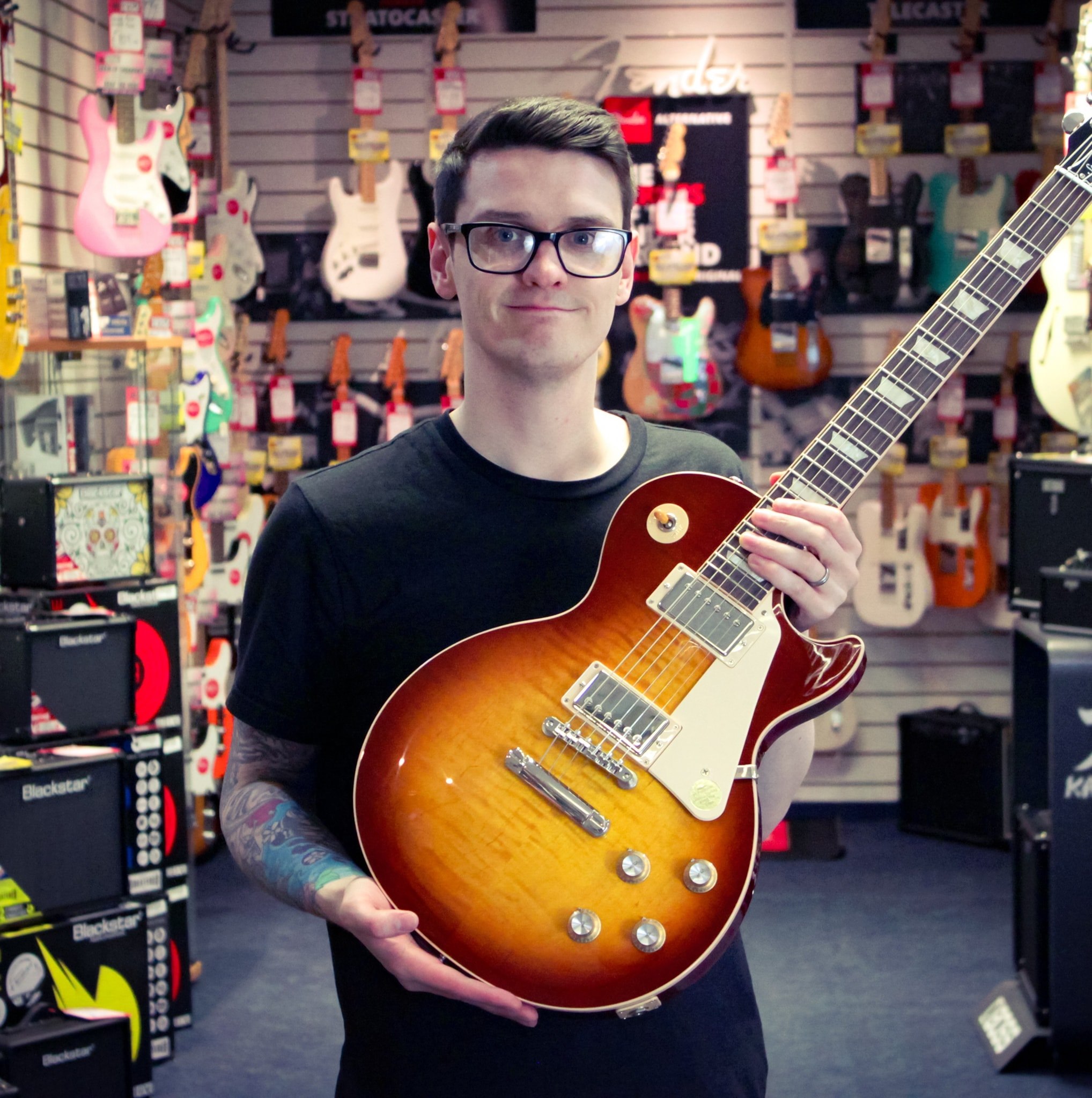
Daryl is a Senior Deals Writer at Guitar World, where he creates and maintains our 200+ buyer's guides, finds the best deals on guitar products, and tests the latest gear. His reviews have been featured in prominent publications like Total Guitar, Future Music magazine, and MusicRadar.com.
During his career, he has been lucky enough to talk to many of his musical heroes, having interviewed Slash and members of The Offspring, Foo Fighters, Sum 41, Thrice, and more. In a past life, Daryl worked in music retail. For a little under a decade, he advised everyone from absolute beginners to seasoned pros on the right gear for their needs.

Matt is a Junior Deals Writer here at Guitar World. He regularly tests and reviews music gear with a focus on guitars, amps, pedals, modelers, and pretty much anything else guitar-related. Responsible for over 60 buying guides, a large part of his role is helping guitarists find the best deals on gear. Matt worked in music retail for 5 years at Dawsons Music and Northwest Guitars and has written for many music sites and magazines including MusicRadar, Total Guitar, Guitar Player, Guitar.com, Ultimate Guitar, and Thomann’s t.blog.

Jonathan Horsley has been writing about guitars since 2005, playing them since 1990, and regularly contributes to publications including Guitar World, MusicRadar and Total Guitar. He uses Jazz III nylon picks, 10s during the week, 9s at the weekend, and shamefully still struggles with rhythm figure one of Van Halen’s Panama.
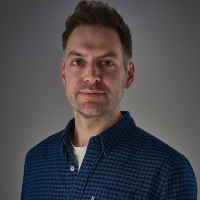
Chris is Guitar World's eCommerce Editor. In addition to testing the latest music gear, it's his job to manage the 200+ buyer's guides on the site and help guitarists find the right gear for them. Chris has been a guitar player for 30 years and a drummer for almost 20. He has worked in the music gear industry for over 20 years, including 7 years as Editor of the UK's best-selling drum magazine Rhythm, and 5 years as a freelance music writer, during which time he worked with the world's biggest instrument brands including Boss, Laney and Roland.
About our videos
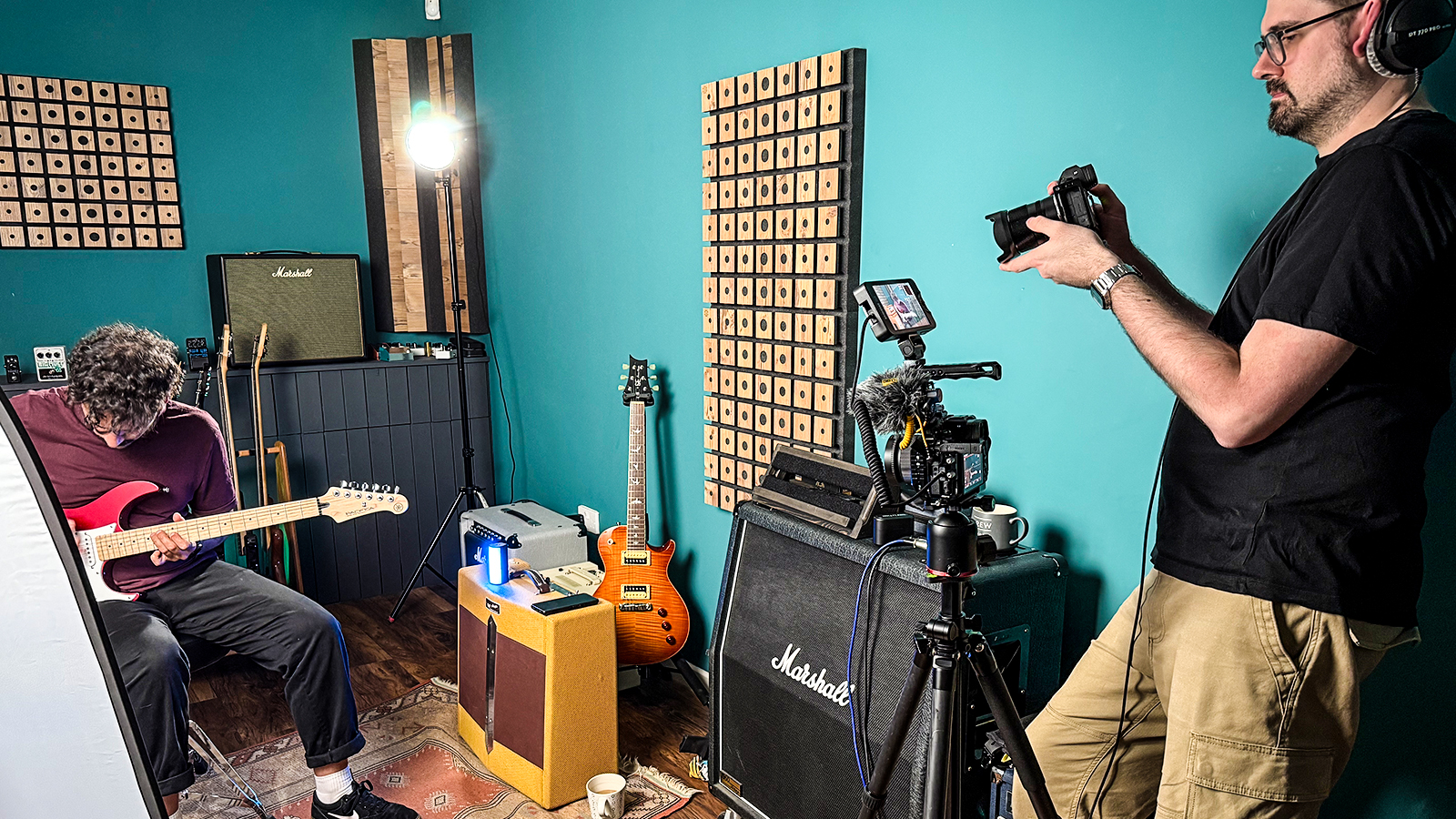
One of the most significant factors to consider when choosing your first guitar is the sound it produces – that’s why we've recorded and filmed a short playing demo of almost every guitar in the guide. That way, you can make an informed decision based purely on which model you think sounds the best.
We recorded the video demos in our dedicated studio in Bath, UK. If you’re a regular consumer of guitar content on YouTube, you may recognize this space as the famous Guitarist Tone Lounge.
Now, to ensure the most consistent tone possible across all the electric guitars, we used the Neural DSP Quad Cortex amp modeler. For the clean sounds, we used our favorite US DLX Normal setting paired with a 112 US DLX SC64 cabinet model and a touch of room reverb for some depth. The dirty sounds kept the same US DLX model, but this time partnered up with a Tube Screamer-style overdrive at the front. Of course, we kept the same natural room reverb as the previous setting.
Acoustic guitars were recorded using a simple crossed microphone technique – known as the X-Y technique – to capture the exact sound in the room. We used a pair of Austrian Audio CC8 condenser mics for this. In my opinion, this humble stereo microphone set-up typically produces the most true-to-life sound, perfect for hearing the guitar as you would if you were the one playing it.
As you’d expect, we applied some post-processing to the audio once it was captured, but we kept this to a minimum, sticking to light compression to maintain consistent levels.
More beginner guitar gear guides
You can trust Guitar World
- Need an amplifier? These are the best budget guitar amps under $500
- Try something new with one of the best beginner ukuleles
- Take a look at the best acoustic-electric guitars money can buy
- Just starting out? Check out the best beginner classical guitars
- Beginner guitar gear essentials and accessories
- Play more comfortably with the best guitars for small hands
All the latest guitar news, interviews, lessons, reviews, deals and more, direct to your inbox!

Daryl is a Senior Deals Writer at Guitar World, where he creates and maintains our 200+ buyer's guides, finds the best deals on guitar products, and tests the latest gear. His reviews have been featured in prominent publications like Total Guitar, Guitarist, Future Music magazine, and MusicRadar.com.
During his career, he has been lucky enough to talk to many of his musical heroes, having interviewed Slash and members of Sum 41, Foo Fighters, The Offspring, Thrice, and more. In a past life, Daryl worked in music retail. For a little under a decade, he advised everyone from absolute beginners to seasoned pros on the right gear for their needs.
Daryl is a fully qualified sound engineer, holding a first-class Bachelor's degree in Creative Sound Production from the University of Abertay.
- Jonathan Horsley
- Matt McCrackenJunior Deals Writer
- Chris Barnes


